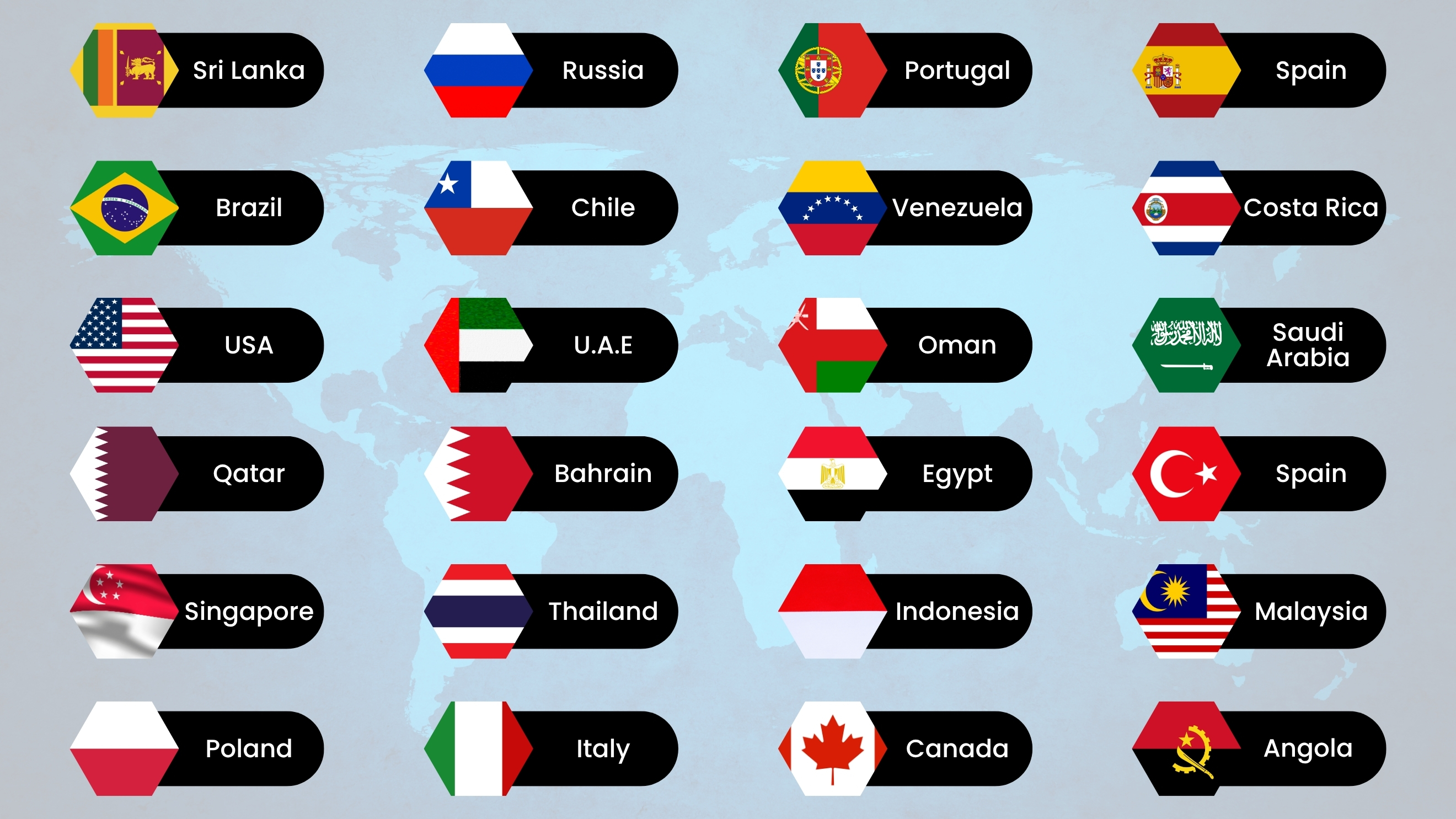We are Manufacturer, Suppliers and Exporter of 2507 Super Duplex
Click Here for Super Duplex / Duplex Products Latest Hot Price List
What is Super Duplex 2507 Stainless Steel (UNS S32750)?
Super Duplex 2507 (UNS S32750) is a high-performance duplex stainless steel with 25% chromium, 7% nickel, and 4% molybdenum. It is engineered for demanding applications requiring exceptional strength and corrosion resistance, such as chemical processing, petrochemical, offshore, and seawater equipment.
Key Properties of Super Duplex 2507
- Excellent Corrosion Resistance: High resistance to pitting, crevice, and general corrosion, especially in chloride-rich environments.
- Stress Corrosion Resistance: Excellent performance against chloride stress corrosion cracking (SCC).
- High Strength: Superior tensile and impact strength compared to standard austenitic and duplex steels.
- Thermal & Physical Properties: Low coefficient of thermal expansion, high thermal conductivity.
- Weldable & Fabricable: Compatible with standard welding methods and forming techniques.
Applications of Super Duplex 2507
Super Duplex 2507 is widely used in industries where **corrosion resistance and high strength** are critical:
- Oil & Gas: Offshore platforms, heat exchangers, process and service water systems, fire-fighting systems, injection and ballast water systems.
- Chemical Processing: Vessels, piping, and heat exchangers handling aggressive chemicals.
- Desalination & Water Treatment: High-pressure RO plants and seawater piping.
- Power Industry: FGD systems, scrubbers, absorber towers, ducting, and piping.
- Mechanical Components: High-strength, corrosion-resistant structural and mechanical parts.
Industry Standards
- ASTM/ASME: A240 - UNS S32750
- EURONORM: 1.4410 - X2 Cr Ni MoN 25.7.4
- AFNOR: Z3 CN 25.06 AZ
Corrosion Resistance
- Exceptional resistance to uniform, pitting, and crevice corrosion in chloride-containing environments.
- Superior performance compared to 904L and 316L in dilute sulfuric and hydrochloric acids.
- Resistant to intergranular corrosion due to low carbon content and duplex structure.
- Excellent stress corrosion cracking (SCC) resistance for offshore and chemical applications.
Chemical Composition (Typical)
| Element |
Content (%) |
| Carbon (C) | 0.020 |
| Chromium (Cr) | 25 |
| Nickel (Ni) | 7 |
| Molybdenum (Mo) | 4.0 |
| Nitrogen (N) | 0.27 |
| Others (S) | 0.001 |
Mechanical Properties
- 0.2% Offset Yield Strength: 80 ksi (min)
- Ultimate Tensile Strength: 116 ksi (min)
- Elongation: 15% (min, 2 in.)
- Hardness (Rockwell C): 32 max
- Impact Energy: 74 ft-lbs (min)
Processing & Welding
- Hot Forming: 1875–2250°F, followed by solution annealing at ≥1925°F with rapid quenching.
- Cold Forming: Requires higher forming forces and allowances; solution annealing recommended for >10% deformation.
- Welding: Compatible with SMAW, GTAW, PAW, FCW, SAW; 2507/P100 filler metal suggested.
- Preheating usually not required; interpass temperature should not exceed 300°F.
Conclusion
Super Duplex 2507 is an ideal choice for industries requiring high-strength, corrosion-resistant stainless steel. Its exceptional mechanical properties, corrosion resistance, and compliance with international standards make it suitable for offshore, chemical, petrochemical, desalination, and power industry applications.
Our Export Market
We export our stainless steel and alloy steel products across the globe, trusted for our quality, reliability, and commitment to every customer.
